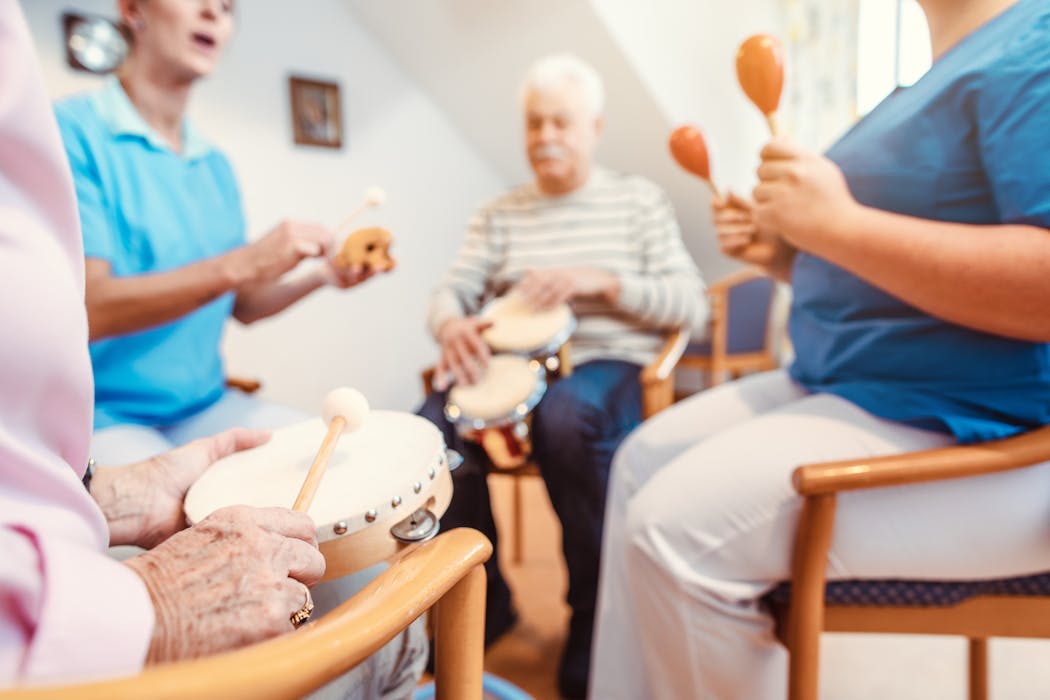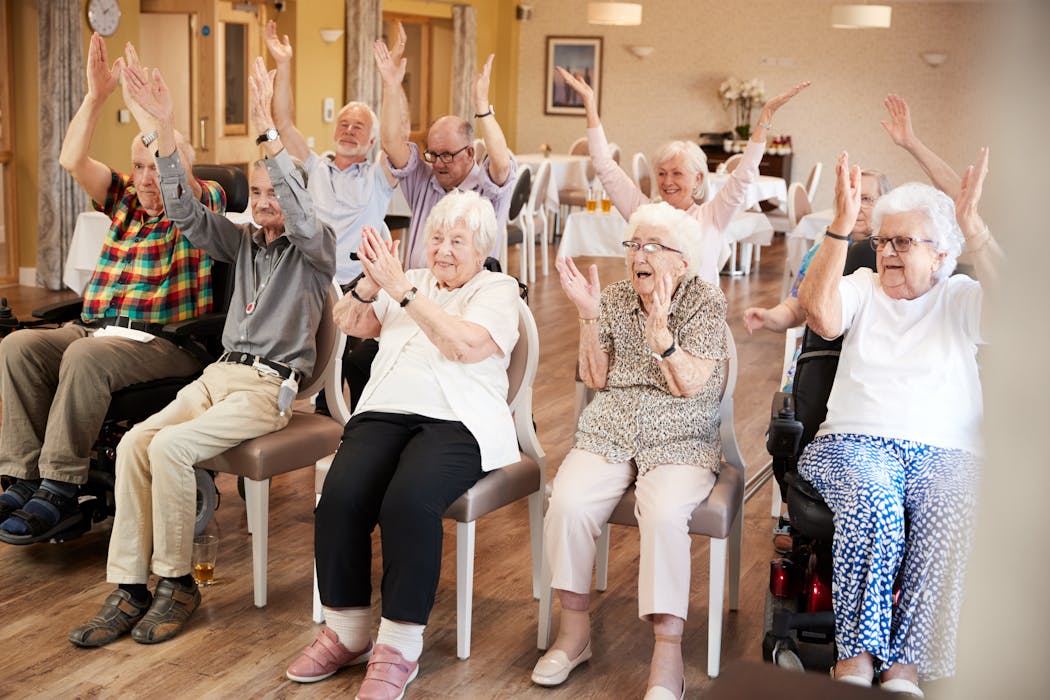Parkinson’s disease is a progressive neurological disorder that affects movement. It is characterized by symptoms such as tremors, stiffness, slowness of movement, and difficulty with balance and coordination. These symptoms are caused by the loss of dopamine-producing cells in the brain, which leads to abnormal brain activity and impaired motor function. Parkinson’s disease can also cause non-motor symptoms such as depression, anxiety, and cognitive impairment. The exact cause of Parkinson’s disease is not known, but it is believed to be a combination of genetic and environmental factors. While there is currently no cure for Parkinson’s disease, there are treatments available to help manage the symptoms and improve quality of life for patients.
Parkinson’s disease is a complex and challenging condition that can have a significant impact on a person’s physical and emotional well-being. It is important for individuals with Parkinson’s disease to have access to a variety of treatment options to help manage their symptoms and improve their overall quality of life. One emerging treatment option that has shown promise in improving Parkinson’s symptoms is dance therapy. Dance therapy utilizes rhythm and movement to help individuals with Parkinson’s disease improve their motor function, balance, and coordination, as well as reduce non-motor symptoms such as depression and anxiety. By understanding the role of rhythm and movement in dance therapy, we can better appreciate the potential benefits it offers for individuals with Parkinson’s disease.
The Role of Rhythm and Movement in Dance Therapy
Dance therapy is a form of expressive therapy that uses movement and dance to promote emotional, social, cognitive, and physical integration of the individual. It is based on the premise that the body and mind are interconnected, and that movement can be used as a tool for self-expression and communication. In the context of Parkinson’s disease, dance therapy can help individuals improve their motor function, balance, and coordination through the use of rhythmic movement patterns. The rhythmic nature of dance can help individuals with Parkinson’s disease overcome the slowness and stiffness of movement that are characteristic of the condition. By engaging in rhythmic movement, individuals with Parkinson’s disease can improve their ability to initiate and execute movements, as well as enhance their overall motor control.
In addition to its physical benefits, dance therapy can also have a positive impact on the emotional well-being of individuals with Parkinson’s disease. The rhythmic and expressive nature of dance can help individuals with Parkinson’s disease reduce feelings of depression and anxiety, as well as improve their overall mood and sense of well-being. Dance therapy can also provide a sense of social connection and support for individuals with Parkinson’s disease, as it often involves group participation and interaction. By understanding the role of rhythm and movement in dance therapy, we can see how it has the potential to address both the physical and emotional symptoms of Parkinson’s disease.
Benefits of Dance Therapy for Parkinson’s Symptoms
Dance therapy has been shown to offer a wide range of benefits for individuals with Parkinson’s disease. One of the primary benefits of dance therapy is its ability to improve motor function, balance, and coordination in individuals with Parkinson’s disease. The rhythmic movement patterns used in dance therapy can help individuals with Parkinson’s disease overcome the slowness and stiffness of movement that are characteristic of the condition. By engaging in rhythmic movement, individuals with Parkinson’s disease can improve their ability to initiate and execute movements, as well as enhance their overall motor control.
In addition to its physical benefits, dance therapy can also have a positive impact on the emotional well-being of individuals with Parkinson’s disease. The rhythmic and expressive nature of dance can help individuals with Parkinson’s disease reduce feelings of depression and anxiety, as well as improve their overall mood and sense of well-being. Dance therapy can also provide a sense of social connection and support for individuals with Parkinson’s disease, as it often involves group participation and interaction. By understanding the role of rhythm and movement in dance therapy, we can see how it has the potential to address both the physical and emotional symptoms of Parkinson’s disease.
Case Studies: Success Stories of Dance Therapy for Parkinson’s Patients
There have been numerous case studies that have demonstrated the effectiveness of dance therapy in improving Parkinson’s symptoms. One study published in the New England Journal of Medicine found that individuals with Parkinson’s disease who participated in a 12-week dance program experienced significant improvements in their motor function, balance, and gait compared to those who did not participate in the program. Another study published in the Journal of Neurologic Physical Therapy found that dance therapy was effective in reducing symptoms of depression and anxiety in individuals with Parkinson’s disease.
In addition to these studies, there have been many individual success stories of individuals with Parkinson’s disease who have benefited from dance therapy. For example, John, a 65-year-old man with Parkinson’s disease, found that participating in a weekly dance class helped him improve his balance and coordination, as well as reduce his feelings of depression and anxiety. Similarly, Mary, a 70-year-old woman with Parkinson’s disease, found that engaging in regular dance therapy sessions helped her overcome the stiffness and slowness of movement that she had been experiencing. These case studies demonstrate the potential of dance therapy to improve Parkinson’s symptoms and enhance quality of life for individuals with the condition.
Incorporating Dance Therapy into Parkinson’s Treatment Plans
Given the potential benefits of dance therapy for individuals with Parkinson’s disease, it is important to consider how it can be incorporated into treatment plans for these individuals. Dance therapy can be integrated into a comprehensive treatment plan for Parkinson’s disease that includes medication, physical therapy, occupational therapy, and other supportive services. It is important for individuals with Parkinson’s disease to work with a multidisciplinary team of healthcare professionals to develop a personalized treatment plan that addresses their unique needs and goals.
Incorporating dance therapy into treatment plans for individuals with Parkinson’s disease can involve participating in group dance classes or working one-on-one with a dance therapist. Group dance classes can provide individuals with Parkinson’s disease with a sense of social connection and support, as well as opportunities for physical activity and self-expression. Working one-on-one with a dance therapist can allow individuals with Parkinson’s disease to receive personalized attention and guidance to address their specific symptoms and challenges. By incorporating dance therapy into treatment plans for individuals with Parkinson’s disease, healthcare professionals can help these individuals improve their motor function, balance, coordination, and emotional well-being.
The Future of Dance Therapy for Parkinson’s Disease
The future of dance therapy for Parkinson’s disease looks promising, as research continues to demonstrate its potential benefits for improving symptoms and enhancing quality of life for individuals with the condition. There is growing interest in exploring the mechanisms by which dance therapy exerts its effects on motor function, balance, coordination, and emotional well-being in individuals with Parkinson’s disease. This research may lead to a better understanding of how dance therapy can be optimized to address the specific needs and goals of individuals with Parkinson’s disease.
In addition to research efforts, there is also increasing recognition of the importance of integrating dance therapy into comprehensive treatment plans for individuals with Parkinson’s disease. Healthcare professionals are becoming more aware of the potential benefits of dance therapy for addressing both the physical and emotional symptoms of Parkinson’s disease. As a result, there is greater access to dance therapy programs for individuals with Parkinson’s disease in various healthcare settings. The future of dance therapy for Parkinson’s disease holds promise for continued advancements in research, practice, and accessibility.
The Potential of Dance Therapy in Improving Parkinson’s Symptoms
In conclusion, dance therapy has shown great promise in improving symptoms and enhancing quality of life for individuals with Parkinson’s disease. By understanding the role of rhythm and movement in dance therapy, we can appreciate its potential to address both the physical and emotional symptoms of Parkinson’s disease. Case studies have demonstrated the effectiveness of dance therapy in improving motor function, balance, coordination, and emotional well-being in individuals with Parkinson’s disease. As a result, there is increasing interest in incorporating dance therapy into comprehensive treatment plans for individuals with Parkinson’s disease.
The future of dance therapy for Parkinson’s disease looks promising, as research continues to demonstrate its potential benefits and healthcare professionals become more aware of its importance. By integrating dance therapy into treatment plans for individuals with Parkinson’s disease, healthcare professionals can help these individuals improve their motor function, balance, coordination, and emotional well-being. Overall, dance therapy has the potential to play an important role in improving symptoms and enhancing quality of life for individuals with Parkinson’s disease.
Find out how Torongo Therapyplus can help you with your needs. Get in touch with us at smile@torongo.life, or call us on 02 8809 9965.































